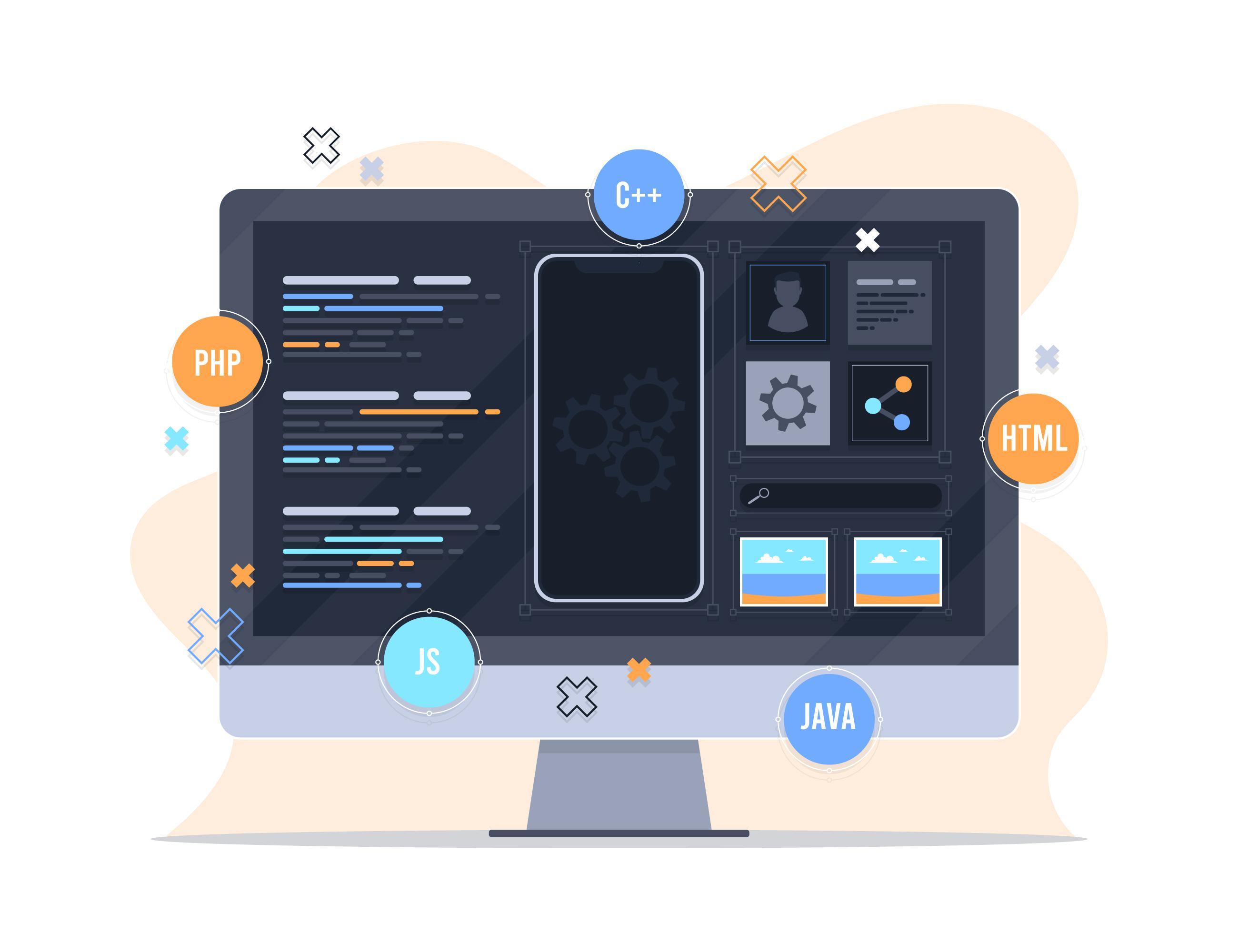The Basics of Drone Videography
Drone videography has become increasingly popular across various fields, from filmmaking to commercial and real estate photography. Drones offer a unique perspective, allowing the production of stunning and captivating shots. This guide will cover the essentials of drone videography, including how to choose the right drone, plan scenes, and use techniques to achieve high-quality footage.
1. Choosing the Right Drone
Selecting the appropriate drone is a crucial step in the video production process. Here are some factors to consider:
- Type and Purpose:
- Beginner Drones: If you're just starting out, consider smaller, easy-to-use drones like those equipped with GPS and gimbal stabilization.
- Professional Drones: For larger projects, invest in more advanced drones like the DJI Phantom or Mavic Pro, which offer high-quality imaging and advanced control options.
- Camera:
- Check the type of camera integrated into the drone. Ensure it supports high-quality video recording (e.g., 4K).
- If you plan to use an external camera, make sure the drone supports it and has a solid stabilization system.
- Flight Time:
- Look for drones with longer battery life, as they give you more time to capture multiple shots.
2. Planning Your Shots
Good planning can make a significant difference in the quality of your footage. Here are some strategies:
- Select Locations:
- Choose visually appealing and interesting filming locations, such as natural landscapes, historical landmarks, or urban areas. Scout the location in advance to identify the best angles for filming.
- Timing:
- The timing of your shoot is essential for capturing the best lighting. Filming during the "golden hour" (sunrise or sunset) can add a beautiful glow to your shots.
- Create a Shot List:
- Write down a plan for the shots you want to capture. Define the angles, altitudes, and movements you want to achieve. This will help organize your filming and ensure you don't miss any important shots.
3. Techniques for High-Quality Footage
To achieve excellent results, use these techniques:
- Use a Gimbal:
- Ensure your drone is equipped with a gimbal system to improve shot stability. Gimbals help reduce vibrations and enhance the quality of your footage.
- Control Speed:
- Adjust the drone's speed according to the type of shot. Slower speeds generally provide smoother footage.
- Use Dynamic Movements:
- Incorporate dynamic movements like flying forward, circling around a subject, or changing altitudes for exciting shots. Varying movements adds visual interest to your footage.
- Adjust Camera Settings:
- Set appropriate camera settings such as ISO, shutter speed, and aperture. Make sure to adjust the camera settings according to the surrounding lighting for sharp, clear images.
4. Safety and Legal Compliance
When filming with drones, it's important to be aware of local laws and regulations:
- Obtain Permits:
- Check local regulations regarding drone flying. You may need special permits, especially if you're working in a specific area or for commercial purposes.
- Respect Privacy:
- Be mindful of privacy rights when filming people or private properties. Avoid filming sensitive areas without permission.
- Drone Inspection:
- Before takeoff, inspect the drone. Check the propellers, battery, and control system to ensure the drone is in good working condition.
5. Post-Production
After shooting, post-production is key to enhancing the quality of your final video:
- Video Editing:
- Use video editing software like Adobe Premiere Pro or Final Cut Pro. You can cut clips, add effects, and correct colors to enhance the visual appeal.
- Add Music:
- Choose background music that complements the content of the video. Ensure you have the rights to use the music.
- Share the Video:
- After editing, share the video across platforms like YouTube, Instagram, or Facebook to reach a broad audience.
Conclusion
Drone videography can add a new dimension to various projects. By selecting the right drone, planning your scenes, and using the right techniques, you can achieve amazing footage. Remember the importance of safety and legal compliance during filming, and focus on post-production to ensure a high-quality final product. With these basics in mind, you'll be able to create professional and impressive drone videos.
